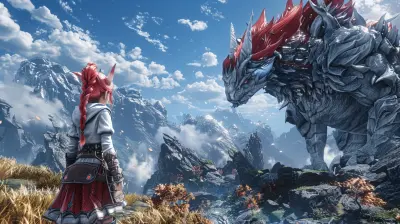Exploring Open-World Environments in Third-Person Shooting Games
21 August 2025
When was the last time a game made you feel like you were part of another world? You know, when you’re not just staring at a screen but feel like you’ve actually stepped into an entirely different universe. That’s the kind of magic open-world environments in third-person shooting games bring to the table. If you’ve ever been sucked into the vast and immersive worlds of games like Red Dead Redemption 2 or Ghost Recon: Wildlands, you’ll know exactly what I’m talking about. These games let you live out action-packed adventures, make your own choices, and create stories worth sharing.
But what makes these open-world environments so captivating? What keeps us glued to our screens for hours on end, hopping from mission to mission while occasionally stopping to admire the scenery? Let’s break it down and uncover why open-world designs in third-person shooters are such a big deal.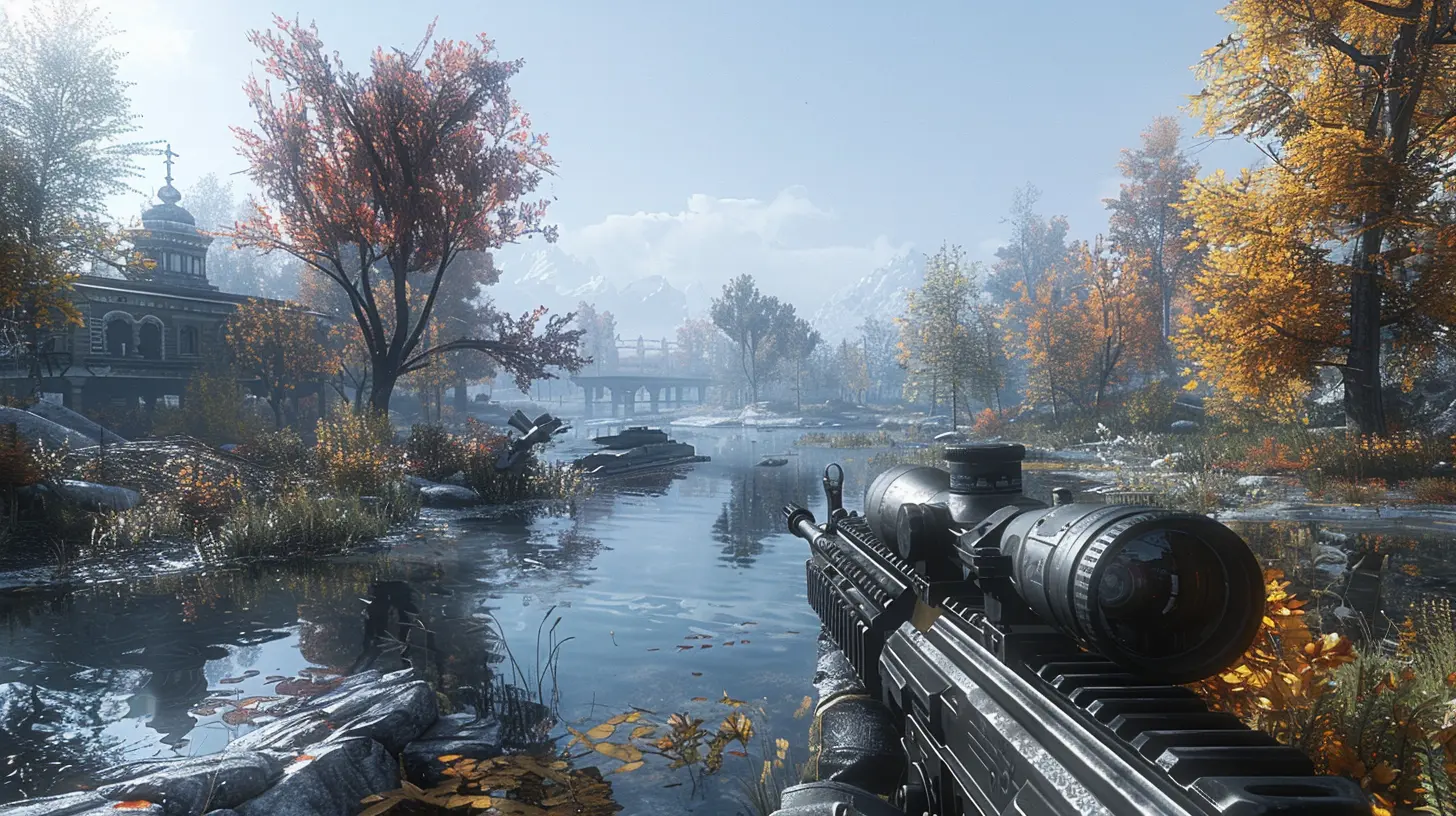
What Is an Open-World Environment?
Before we dive headfirst into all the fun, let’s clarify what an open-world game is. An open-world environment means that instead of being stuck on a linear path with strict objectives, you’re free to roam around a sprawling map. Imagine it’s like being let loose in a theme park rather than walking through a boring guided tour. There’s no set order for what you should do—you can just do you.Combine that with the thrilling over-the-shoulder action of third-person shooters, and you’ve got yourself a recipe for endless excitement. These games throw you into massive playgrounds, full of enemies to fight, missions to complete, and a boatload of surprises to stumble across.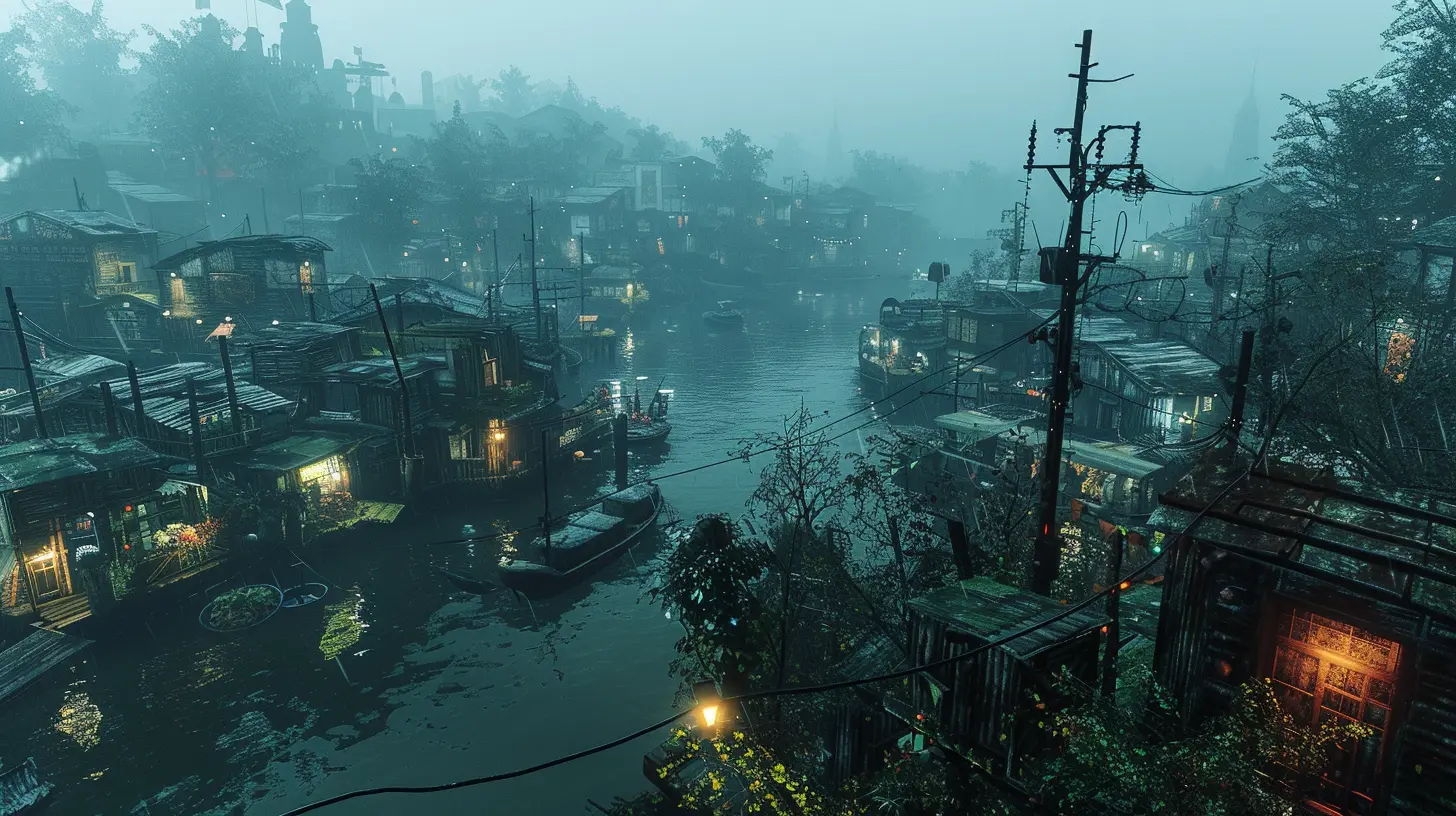
The Freedom Factor: Why It Feels So Good
You know what’s frustrating? Feeling like you’re being funnelled down a corridor with nothing to do but follow orders. Open-world third-person shooters are the polar opposite of that. They thrive on giving players the freedom to make their own choices. Want to sneak through a base like a ghost? Go for it. Prefer storming in guns blazing? Be my guest. The world is your playground.Take Grand Theft Auto V, for instance. Sure, there’s a gripping storyline you can follow, but a lot of players spend hours just driving around, causing chaos, or taking in the sights of Los Santos. It’s liberating to decide your own pace and priorities instead of being bossed around by scripted sequences all the time.
Exploration: The Secret Sauce
In open-world games, exploration is the name of the game. Developers go out of their way to fill the map with hidden treasures, Easter eggs, and optional missions. The coolest part is the sense of discovery. You’re wandering around, doing your thing, and—bam—you stumble upon a secret cave or a side quest you didn’t even know existed.Games like The Division 2 excel in this area. While you’re hunting for enemies, you can find abandoned buildings, random encounters, and lore that fleshes out the world. It’s like peeling layers off an onion: the more time you spend exploring, the more there is to uncover.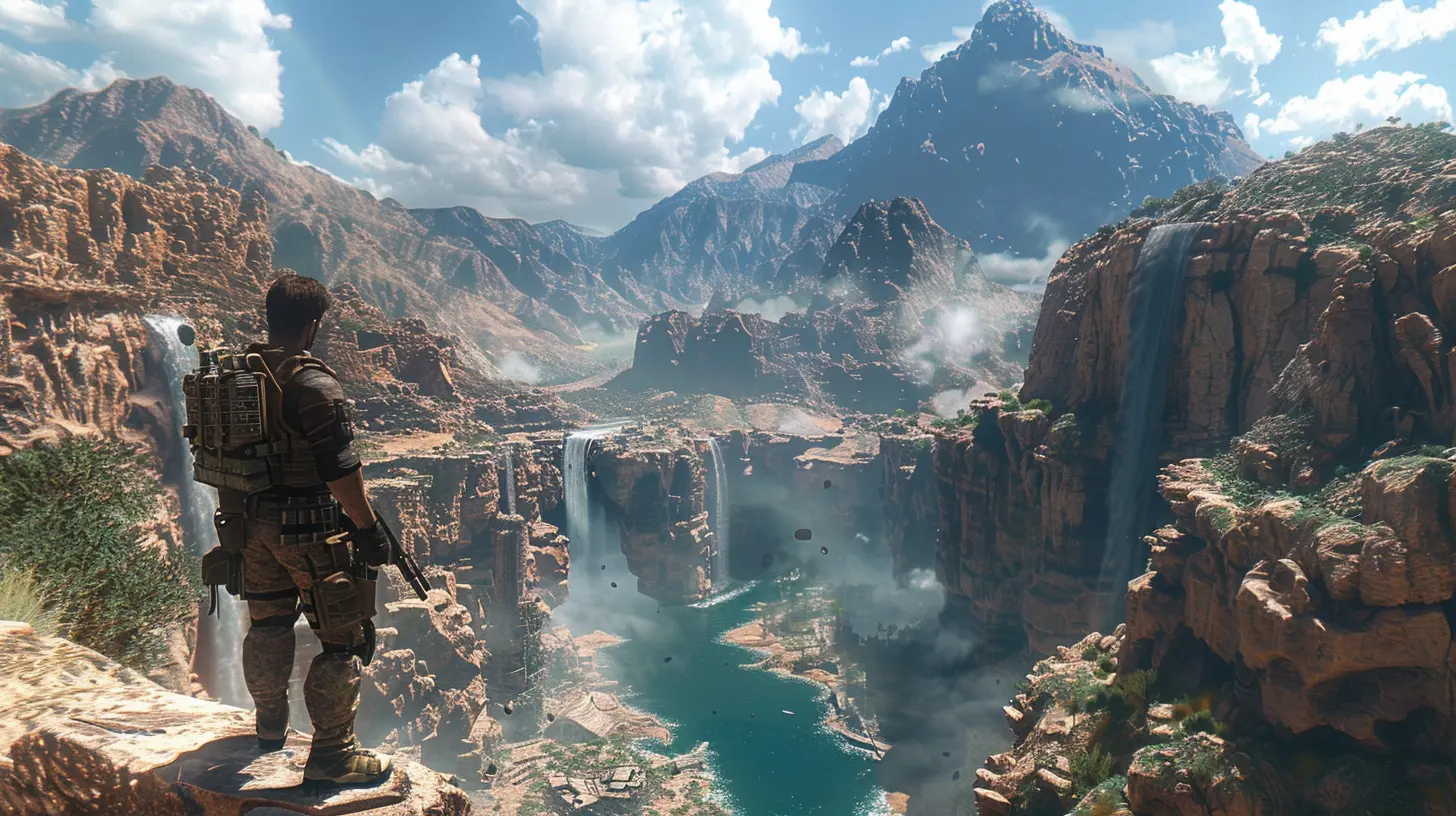
The Role of Storytelling in Open Worlds
Here’s the deal: freedom and exploration are great, but they’re nothing without a gripping story to back them up. Open-world third-person shooters usually balance non-linear gameplay with engaging narratives. The best games let you choose how you engage with the story while keeping you emotionally invested.For example, Red Dead Redemption 2 is a masterclass in this. You can follow Arthur Morgan’s journey at your own pace. Whether you’re helping strangers on the roadside, playing poker in a smoky saloon, or simply riding your horse across a sunset-drenched plain, everything feels like it contributes to the story. And because it’s a third-person shooter, you get the added bonus of really seeing your character’s journey unfold.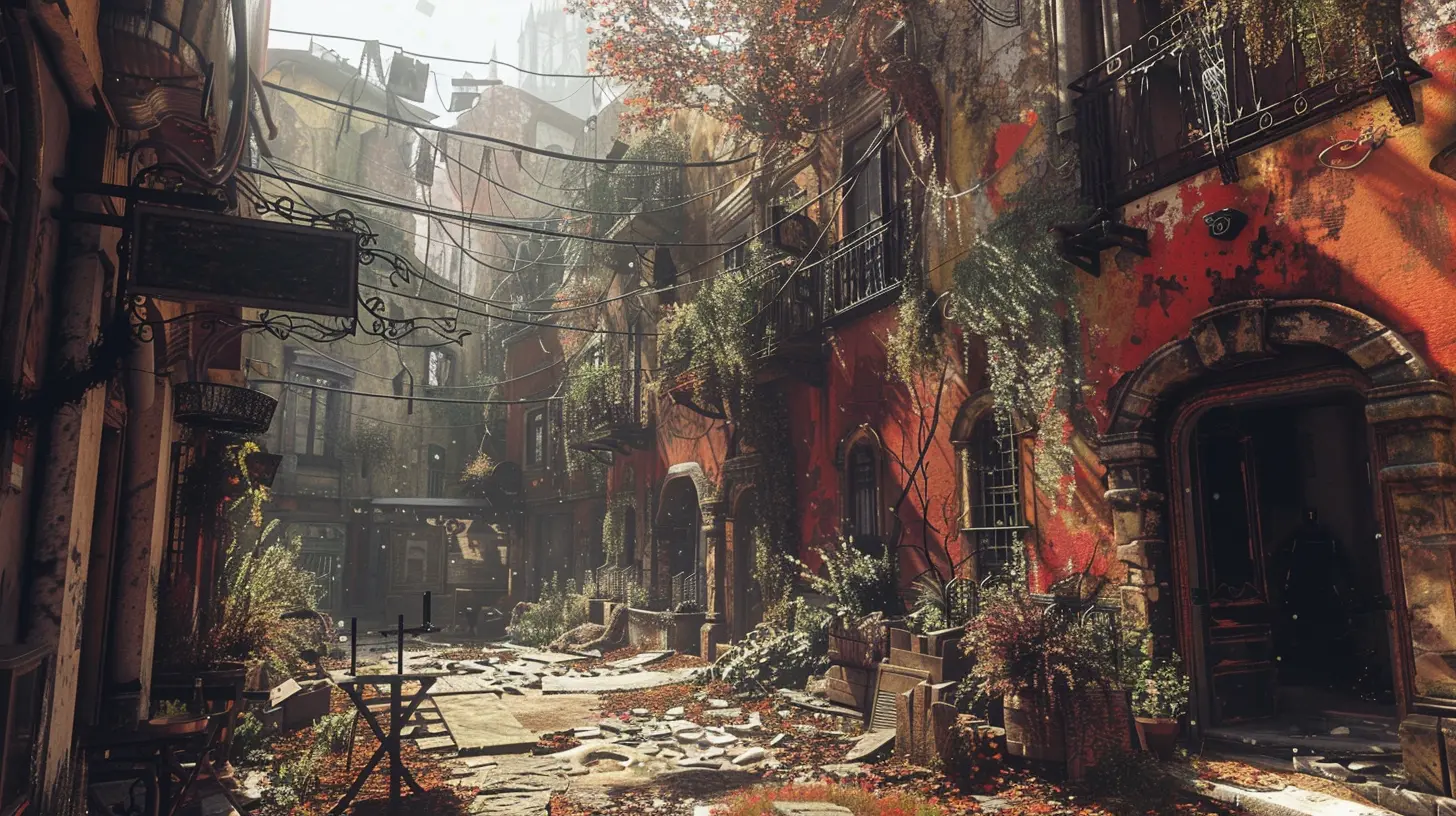
Combat: Making Every Encounter Feel Personal
Okay, let’s talk about the action. At the core of any third-person shooter is the combat, and open-world settings make it even more intense. Why? Because every encounter is dynamic. You never know what’s going to happen. You might be ambushed by enemies while exploring, or stumble across a random firefight that you decide to intervene in.Take Far Cry 5, for example. It’s an open-world shooter where combat feels completely organic. Imagine driving down a quiet country road, only to see a convoy of fanatics up ahead. You can snipe them from a distance, get up close with a flamethrower, or even recruit an animal companion to do the dirty work. The choice is yours, and that freedom makes every fight feel personalized.
Stealth or All-Out Chaos?
One of the best things about these games is flexibility in combat. While some games lean heavily into chaotic gunfights, many open-world titles give you the option to take a more tactical approach. Want to eliminate enemies one by one without alerting the entire camp? Stealth is at your fingertips. Prefer to go loud with grenades and explosives? Knock yourself out.Games like Hitman 3, while technically not a full-on shooter, emphasize this kind of freedom brilliantly. You can choose the silent, strategic route or go full action hero. The world responds to how you play, and that’s what makes it so immersive.
The Visuals: A Feast for the Eyes
Let’s step back from the chaos for a second and appreciate the visuals. Open-world games are designed with insane attention to detail. The environments aren’t just backdrops—they’re living, breathing worlds. From the bustling streets of Watch Dogs to the dense jungles of Ghost Recon: Wildlands, these games are drop-dead gorgeous.Have you ever just stopped in the middle of an intense mission to admire the view? I know I’m guilty of pausing a game just to take in the sunset or snap a photo in photo mode. It’s like playing in a virtual postcard.
Challenges in Open-World Design: It’s Not Always Perfect
Now, before you start thinking open-world games are flawless, let me be real for a second—they’re not. With freedom comes complexity, and sometimes that can lead to issues. Ever experienced a glitch where your car suddenly flies into the air? Or maybe a mission marker just disappears from the map? Yeah, it happens.Additionally, poorly designed open worlds can feel empty or repetitive. If there’s not enough variety in missions or the world doesn’t feel alive, it can turn into a chore instead of an adventure. Thankfully, the best games avoid this pitfall by packing their worlds with meaningful content.
Why Third-Person Perspective Works So Well
Third-person shooters have a unique edge in open worlds because you’re not just experiencing the environment—you’re seeing your character interact with it. There’s something satisfying about watching your avatar climb a mountain, dive into cover, or vault over obstacles. It adds a layer of connection that first-person shooters just can’t replicate.Plus, the third-person view makes it easier to appreciate the incredible visuals. Whether you’re admiring your character’s customized gear in The Division 2 or simply watching them reload mid-combat, it makes the experience a lot more immersive.
The Future of Open-World Third-Person Shooters
So, what’s next for this genre? With advancements in technology, we’re heading toward even more realistic and detailed open worlds. Imagine games where NPCs have routines that change based on your actions, or weather systems that directly impact gameplay (hello, dynamic blizzards that actually matter!).Developers are also experimenting with blending genres. Games like Death Stranding mix shooting mechanics with exploration and survival elements, creating something completely fresh. The future is wide open, much like the worlds these games let us explore.
Wrapping It Up: Why We Love These Games
At the end of the day, open-world environments in third-person shooting games are about one thing: freedom. They let us escape reality and dive into worlds where anything feels possible. Whether you’re drawn to the immersive storytelling, the intense combat, or simply the joy of wandering through stunning landscapes, there’s something magical about these games.And honestly, isn’t that why we play games in the first place? To feel like we’re part of something bigger. To test our limits, create our own adventures, and lose ourselves in worlds that feel alive. Open-world third-person shooters are doing exactly that, and they’re only getting better.
all images in this post were generated using AI tools
Category:
Third Person ShooterAuthor:

Audrey McGhee
Discussion
rate this article
2 comments
Veronica Good
“Open worlds are great, but can we talk about the aim assist, please?”
November 21, 2025 at 4:27 PM

Audrey McGhee
Absolutely, aim assist can enhance the experience by making controls more accessible, especially in expansive open worlds where precision is crucial.
Journey Reilly
Open-world environments invite players to question freedom versus direction, shaping identity in virtual and real worlds.
August 28, 2025 at 4:28 PM

Audrey McGhee
Thank you for your insightful comment! Indeed, open-world environments challenge players to navigate the balance between freedom and direction, influencing their identity within both virtual and real contexts.
